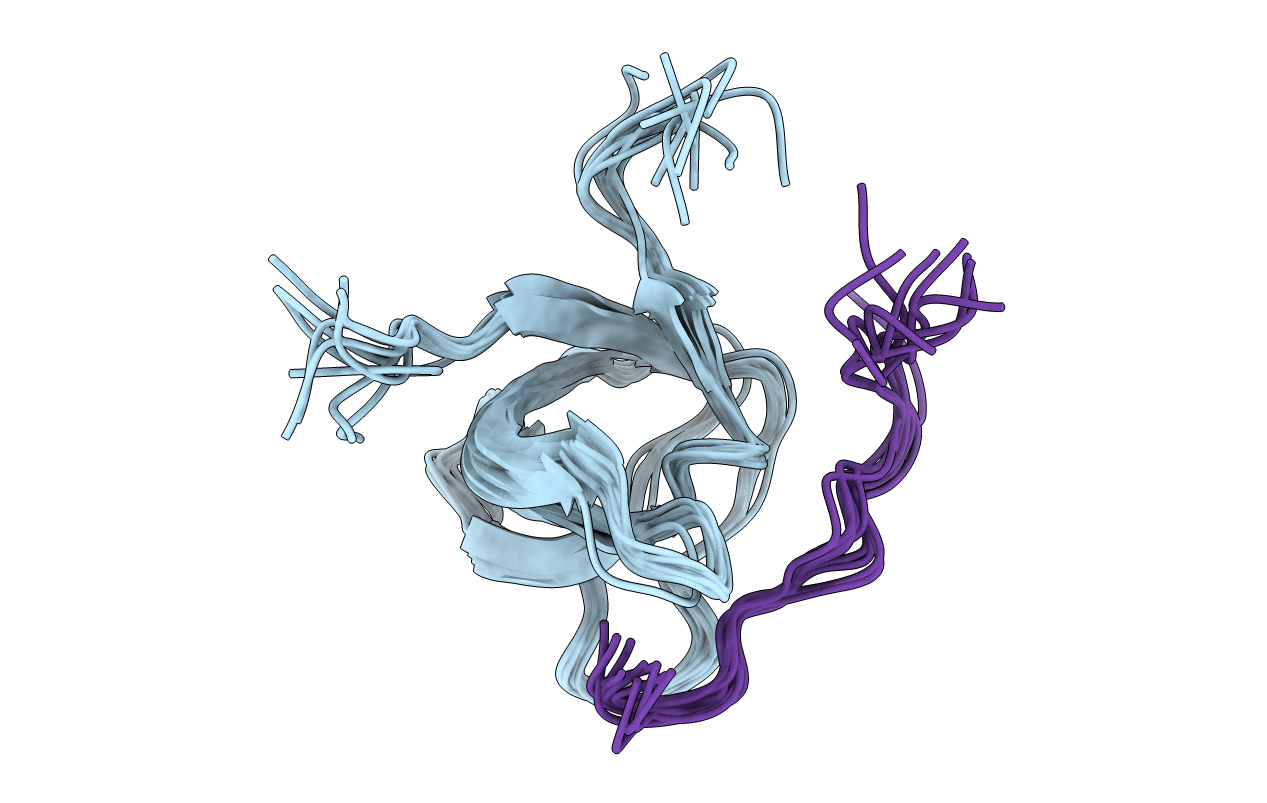
Deposition Date
2017-11-30
Release Date
2018-10-03
Last Version Date
2024-05-15
Entry Detail
PDB ID:
6F55
Keywords:
Title:
Complex structure of PACSIN SH3 domain and TRPV4 proline rich region
Biological Source:
Source Organism:
Gallus gallus (Taxon ID: 9031)
Homo sapiens (Taxon ID: 9606)
Homo sapiens (Taxon ID: 9606)
Host Organism:
Method Details:
Experimental Method:
Conformers Calculated:
100
Conformers Submitted:
10
Selection Criteria:
structures with the least restraint violations


